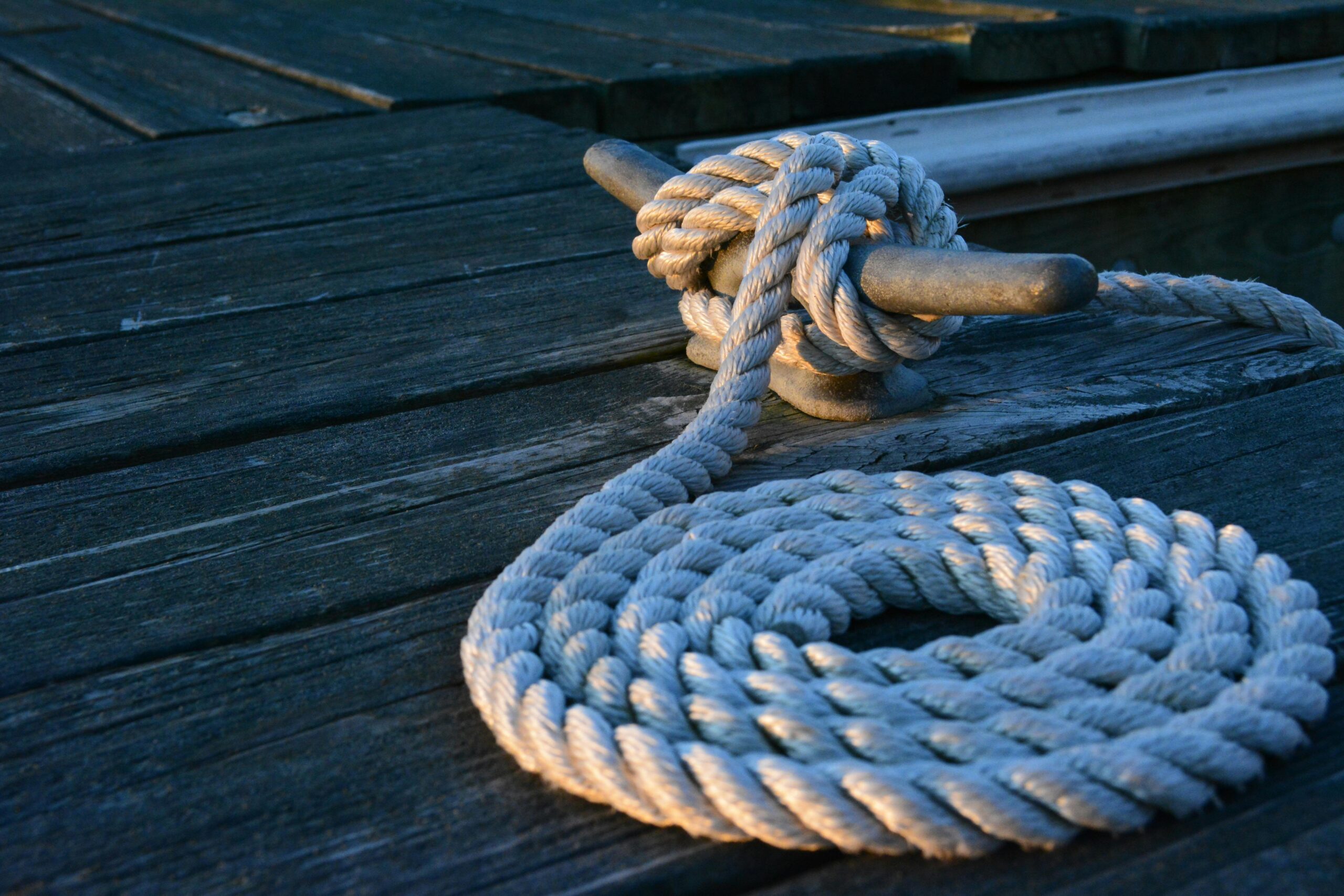Dock cleats are essential components for securing your boat while moored. Whether you are a seasoned boater or a weekend enthusiast, ensuring your cleats are in top condition is vital for safety and functionality. Proper maintenance not only prolongs the lifespan of your dock cleats but also enhances your overall boating experience. This guide will share comprehensive best practices for cleaning and maintaining dock cleats, especially in saltwater environments.
Why Maintenance Matters
Dock cleats endure harsh marine conditions, including exposure to saltwater, UV rays, and varying weather. Over time, neglecting their upkeep can lead to rust, corrosion, and mechanical failure, which could result in unsafe docking conditions. Regular maintenance helps prevent these issues, ensuring that your cleats function effectively when you need them most.
Understanding Dock Cleats
Before diving into maintenance practices, it’s essential to understand the types of dock cleats available and their applications:
- Fixed Cleats: These are permanently mounted and offer stability for securing boats. They are ideal for heavy-duty use in marinas or docks.
- Folding Cleats: These retractable cleats provide a sleek appearance and can be folded down when not in use, making them suitable for smaller spaces.
- Open Base Cleats: Easy to install with no drilling required, these cleats are ideal for DIY boaters looking for convenience.
Understanding your cleat type can help you choose the best maintenance practices tailored to their design and material.
Best Practices for Maintaining Dock Cleats
1. Regular Cleaning
Frequency: Clean your dock cleats at least once a month, or more frequently if exposed to heavy use or harsh conditions.
- Cleaning Solution: Use a mild soap solution or marine-grade cleaner to remove dirt, salt, and grime. Harsh chemicals can damage the cleat’s finish and structure.
- Scrubbing: Use a soft brush or cloth to scrub the cleat gently, paying special attention to any crevices or hard-to-reach areas where salt and debris may accumulate.
2. Rinse Thoroughly
Freshwater Rinse: Always rinse the cleats with fresh water after cleaning. This step is particularly crucial in saltwater environments, as salt can accelerate corrosion.
- Drying: Wipe the cleats dry with a soft cloth to prevent water spots and further corrosion. Make sure to dry any moving parts thoroughly to maintain functionality.
3. Inspect for Damage
Regular Inspections: Periodically inspect your cleats for signs of wear, rust, or damage. Look for cracks, loose screws, or corrosion, which could compromise their strength.
- Replace When Necessary: If you notice significant damage or wear, consider replacing the cleats. Signs of wear may include rough edges, visible rust, or compromised mounting.
4. Protect Against Corrosion
Use Marine-Grade Products: If your cleats are made from metal, consider applying a marine-grade anti-corrosion spray or wax to protect against saltwater exposure.
- Avoid Galvanic Corrosion: When installing cleats, use compatible materials to minimize the risk of galvanic corrosion, which occurs when dissimilar metals react in the presence of moisture.
- Consider Coatings: Some cleats come with protective coatings. Ensure that these coatings are intact and reapply as necessary to maintain their effectiveness.
5. Store Properly
Remove Cleats in Off-Season: If you live in an area where boats are stored during winter, consider removing the cleats and storing them in a dry location. This practice protects them from ice and harsh winter conditions.
- Cover Your Dock: Use a cover or tarp to protect your dock and cleats from environmental elements when not in use. This extra layer of protection can prevent damage from UV rays and moisture buildup.
Additional Tips for Dock Cleat Longevity
- Avoid Overloading: Ensure that your cleats are not overloaded with weight beyond their rated capacity. Overloading can lead to structural damage.
- Regularly Check Hardware: Inspect the screws and bolts holding your cleats in place. Tighten them as needed to prevent loosening over time.
- Seasonal Checks: Perform a thorough check of your cleats at the beginning and end of each boating season. This practice will help you catch any potential issues early.
Conclusion
Maintaining your dock cleats is essential for ensuring their longevity and reliability. By following these best practices for cleaning, inspecting, and protecting your cleats, you can extend their lifespan and enhance your boating experience. Regular maintenance not only keeps your cleats in good working condition but also ensures that your boat remains secure, allowing you to enjoy your time on the water with peace of mind.
At dockcleat.com, we offer a wide variety of high-quality dock cleats designed for durability and performance. Explore our selection today and keep your boat secure!
